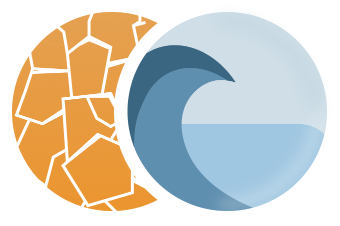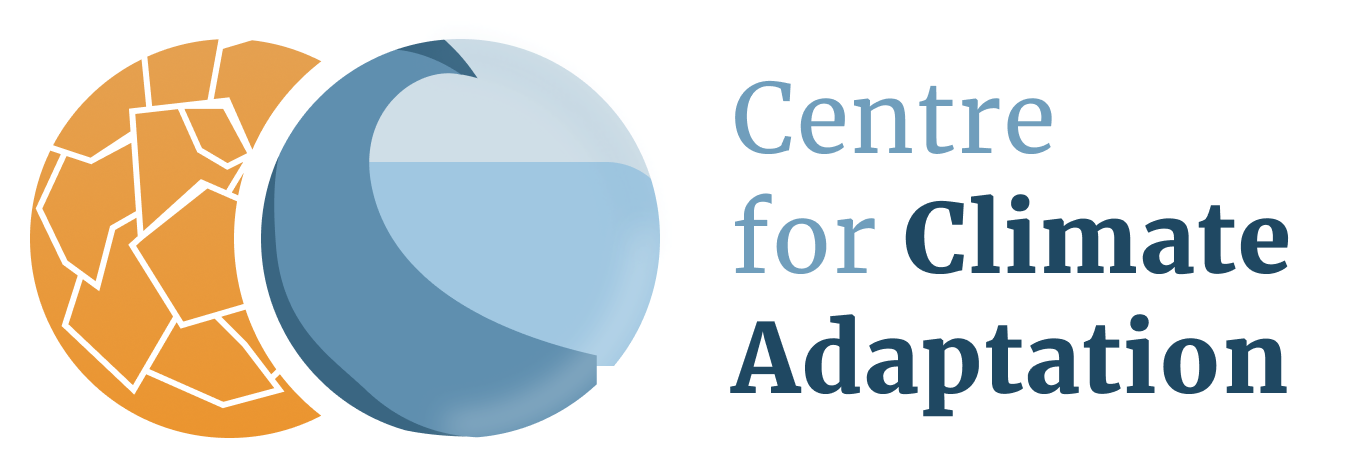Russia
Fresh water resources
Water resources in numbers - Russia
Russia possesses one fifth of the world’s fresh water reserve but this water amount is rather unevenly distributed within Russia’s territory. Thus, the central and southern regions of European Russia, where 80% of the country’s population and industry is concentrated, have only 8 % of water resources (3).
Vulnerabilities - Russia
A number of global-scale studies project an increase in water availability across Russia as a whole with climate change in the 21st century. These studies show that the west of Russia is the most vulnerable region of the country to water stress. For the rest of the country and particularly the east, vulnerability is presently low (11). There is consensus across models that the Russian population exposed to increased or decreased water stress will change little due to climate change (12).
On the whole, renewable water resources may increase in Russia by 8–10% in the next 30 years. Their distribution will become more even (2). This change will bring certain positive impacts—including for hydroelectric generation. However, managing the increased flows will pose other problems, especially when these increased flows coincide with extreme weather events such as downpours, or springtime ice-clogged floods. In addition, increasing water shortages are predicted for southern parts of European Russia, areas that already experience significant socioeconomic and sociopolitical stresses. Moreover, a number of densely populated Russian regions that are already subject to water shortages are expected to face even more pronounced difficulties in decades to come (2).
The northern and northwestern portions of European Russia, as well as the central Volga, many of the non-Chernozem lands, the Urals, and the Russian Far East will experience increasing water availability. In the dams along the Volga-Kamsk Cascade, water flows are projected to increase by 10-20% by 2015. In the Northwest federal district, dams will see a 5-10% increase over the same period (2).
The largest increase in river runoff will occur in watersheds of the northern rivers (Northern Dvina, Pechora, Mezen, and Onega) and the Siberian rivers. On the other hand, runoff will decrease in watersheds of the southern rivers (Don and Dnieper) due to annual precipitation decrease and evaporation increase in spring and in summer (1).
An increase in high and low flow volumes was shown for the Lena River in the period 2070-2099 compared with the reference period 1981-2010, in an assessment based on five climate (GCMs) and five hydrological models, and four different scenarios of climate change ranging from a low- to a high-end scenario of global warming (the so-called RCPs 2.6, 4.5, 6.0 and 8.5) (16). Lena’s flow regime is strongly influenced by the accumulation and melting of snow and ice, and flows therefore are strongly influenced by the rise of temperature. An increase of low flows was projected for Lena due to more snowmelt. Similar changes to low flows in the Lena River were shown in previous studies (17).
A 5 to 15% reduction in water resources along with a 5 to 25% increase in water use load is expected in some heavily populated regions that already have limited water resources, This is expected in chernozem areas of the central federal district, in the southern federal district, and in the southwestern part of the Siberian federal district (1).
Aral Sea
Water losses are really huge: they include almost total vanishing of the Aral Sea which used to be the fourth biggest world inner water reservoir. … Since the late 1960s during 35 years the Aral Sea level decreased by 17 m. … According to most experts, 20% of the Aral Sea tragedy is explained by natural water shortage determined by climate conditions, and 80% are undisputedly attributed to irrecoverable use of water for irrigation needs (3).
The parched Aral Sea is the world–known tragic example of the lack of fresh water and man’s impact. The former Muinak harbour is now separated from the water by 150 km of sands. Now only ship frames and abandoned towns remind us about history of this place. Moreover, the bare sea bottom has become a powerful source of salt aerosols; the latter have been spreading around covering big distances, negatively affecting people’s health and increasing ice melting processes (3).
Europe: five lake categories
There are almost one and a half million lakes in Europe, if small water bodies with an area down to 0.001 km2 are included. The total area of lakes is over 200,000 km2; in addition the manmade reservoirs cover almost 100,000 km2. The response of European lakes to climate change can be discussed by dividing the lakes into five categories (10):
Deep, temperate lakes
Typical representatives of this class are e.g. Lakes Maggiore, Ohrid, Geneva and Constance with mean depths of 177, 164, 153 and 90 meters, respectively. Due to the great depth and relatively mild winters, there is usually no ice cover. The future climate change in Europe may suppress the turnover in deep lakes. This implies the enhancement of anoxic bottom conditions and an increased risk of eutrophication. The oxygen conditions can also be anticipated to deteriorate due to increased bacterial activity in deep waters and surficial bottom sediment.
Shallow, temperate lakes
Balaton (600 km2, 3 m) in Hungary and Müritz (114 km2, 8 m) in Germany belong to this class. Increasing water temperatures may result in intensified primary production and bacterial composition. The probability of harmful extreme events, e.g. mass production of blue-green algae, will increase. The impacts may extend to fish life; changes in species composition and reduced fish catches will be anticipated. The use of the expression 'thermal pollution' is well justified for these lakes.
Boreal lakes
Ladoga (17 670 km2, 51 m), Onega (9670 km2, 30 m) and Vänern (5670 km2, 27 m) are the largest in this class, being also the three largest lakes in Europe. This group includes about 120 lakes with an area exceeding 100 km2. Most lakes of the boreal zone mix from top to bottom during two mixing periods each year. Shortening of the ice cover period will be the most obvious consequence of climate change in these lakes. This could improve the oxygen conditions in winter and spring.
Arctic lakes
These are mainly small water bodies in northern Scandinavian mountains and in the tundra region. Arctic lakes are generally considered to be particularly sensitive to environmental changes. Melting permafrost may seriously threaten the ecosystems of arctic lakes. In some cases the whole lake may disappear as a consequence of ground thaw and enhanced evaporation.
Mountain lakes
To this class belong all high altitude lakes in central Europe and also those located in southern Scandinavia. Even if mountain lakes were connected by channels, physical and ecological constraints limit species migration between them. In a warming climate, there is no escape route; the only possibility for survival is adaptation.
Adaptation strategies
A number of measures exist that may potentially reduce the use of publicly supplied water. These can be broadly grouped into the categories of water saving devices; greywater re-use; rainwater harvesting and the efficient use of water in gardens and parks; leakage reduction; behavioural change through raising awareness; water pricing; and metering. Since treating, pumping and heating water consumes significant amounts of energy, using less publicly supplied water also reduces energy consumption (8).
In Denmark and Estonia, for example, a steady rise in the price of water since the early 1990s has resulted in a significant decline in household water use. Metering leads to reduced water use; in England and Wales, for example, people living in metered properties use, on average, 13% less water than those in unmetered homes (9).
Managed aquifer recharge
Comprehensive management approaches to water resources that integrate ground water and surface water may greatly reduce human vulnerability to climate extremes and change, and promote global water and food security. Conjunctive uses of ground water and surface water that use surface water for irrigation and water supply during wet periods, and ground water during drought (13), are likely to prove essential. Managed aquifer recharge wherein excess surface water, desalinated water and treated waste water are stored in depleted aquifers could also supplement groundwater storage for use during droughts (14,15). Indeed, the use of aquifers as natural storage reservoirs avoids many of the problems of evaporative losses and ecosystem impacts associated with large, constructed surface-water reservoirs.
References
The references below are cited in full in a separate map 'References'. Please click here if you are looking for the full references for Russia.
- Alcamo et al. (2007)
- Eisenreich (2005)
- EEA (2009)
- EEA, JRC and WHO (2008)
- Environment Agency (2008a), in: EEA (2009)
- EEA (2007), in: EEA (2009)
- IEEP (2000), in: EEA (2009)
- Roshydromet (2008)
- WWF Russia and OXFAM (2008)
- Kuusisto (2004)
- Vorosmarty et al. (2010); Smakhtin et al. (2004); Shiklomanov et al. (2011); Rockstrom et al. (2009); Fung et al. (2011), all in: Met Office Hadley Centre (2011)
- Met Office Hadley Centre (2011)
- Faunt (2009), in: Taylor et al. (2012)
- Scanlon et al. (2012), in: Taylor et al. (2012)
- Sukhija (2008), in: Taylor et al. (2012)
- Pechlivanidis et al. (2017)
- Prudhomme et al. (2014); Roudier et al. (2015), both in: Pechlivanidis et al. (2017)




